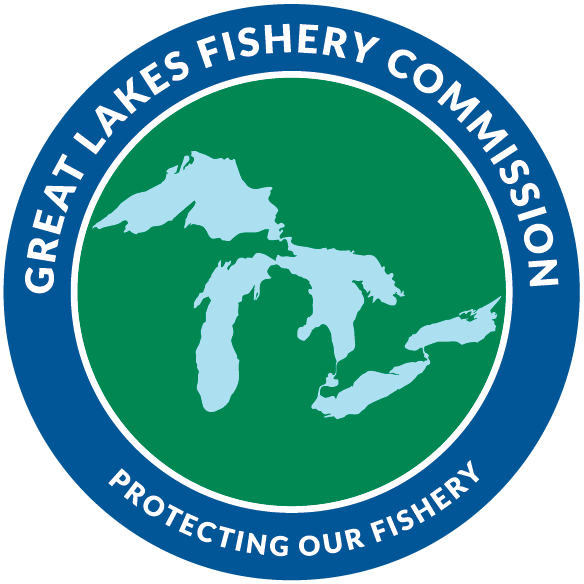Updated 2024-11-22 15:16:15
Lake Superior -> 8.0 Pacific Salmon, Rainbow Trout, and Brown Trout -> Pacific Salmon Diet
Reporting Interval
2017 - 2021
Area
Minnesota North and Apostle Islands Ecoregions
Meeting Target?
Meets
Indicator Trend
No trend
Confidence?
High
8.1.1 Biomass of native preyfish species will not exceed 10% of non-native salmonid diet compositions in the CSMI lake-wide diet study.
In the Minnesota North Ecoregion, Pacific salmonids almost entirely consumed non-native preyfish. In the Apostle Island Ecoregion, chinook salmon consumed 79.8% non-native preyfish and 20.2% native preyfish (Coregonines). If non-native salmonids primary consume non-native rainbow smelt, then there is not much of a concern; however, if they are consuming a substantial portion of native preyfish, then the management implications regarding commercial fisheries and adequate prey-base for rehabilitated lake trout populations become more of a management concern.
Figure 1. Percent biomass of non-native preyfish consumption by Pacific salmonids in the Minnesota North Ecoregion of Lake Superior.
Figure 2. Percent biomass of non-native preyfish consumption by Pacific salmonids in the Apostle Island Ecoregion of Lake Superior.
Methodology
In 2021, the Lake Superior Technical Committee recieved funding from the USEPA's Cooperative Science and Monitoring Initiative (CSMI) to study predator and preyfish diet habits across Lake Superior to better understand whether there was adequate preyfish abundance for the rehabilitated lake trout population and to better understand predation effects of non-native salmonids on native preyfish populations. Fish stomachs were collected through routine lakewide fisheries surveys and also through coordinated citizen science with sport anglers. Fish stomach contents from all around Lake Superior were analyzed at Northern Michigan University.
Other Resources
Contributing Author(s)
- Lake Superior Technical Committee -

